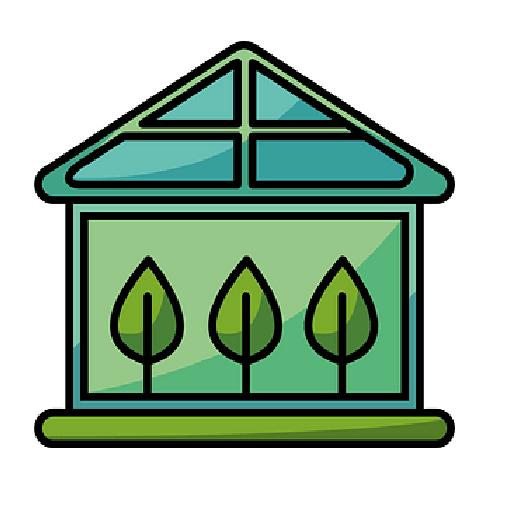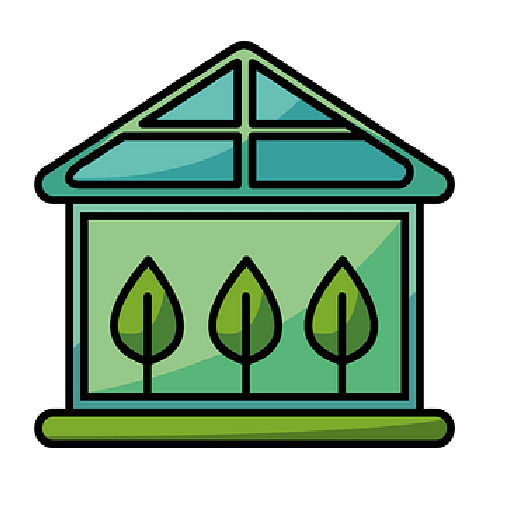The greenhouse uses a special type of glass that acts as a medium that selectively transmits spectral frequencies. Specter comes from the word "spectrum".
In simple terms, spectral frequency can be defined according to the following principle: every object in the universe emits, radiates or transmits light. The distribution of this light along the electromagnetic spectrum is determined by the composition of the body.
Therefore, the greenhouse glass traps the energy inside the greenhouse and the heat in turn provides the heat to the plants and the earth inside the greenhouse. The air near the ground heats up, preventing it from rising and out of the structure's boundaries.
For example, if you open a small window near the roof of a greenhouse, the temperature drops significantly. This is due to the autovent
Automatic cooling system. An autovent is simply a device used in greenhouses that maintains a range of temperatures inside. This is how greenhouses trap electromagnetic radiation and prevent convection (heat transfer by currents within a fluid).
Curious to know how the idea of a greenhouse came about? It dates back to the time of the Romans, who - as the annals of history show - were the first to create a plant protection structure. Using heated pits, they laid slabs of rock to form primitive greenhouses. The term "glass house", which is the correct name for this structure, was adopted in the 17th and 18th centuries.
However, at that time it was a mistake to believe that heat is more important than light for plant growth. The structures were built to keep out light, but by the time the glass tax of 1845 was repealed, greenhouse design had begun to change.
The builders then realized that a curved roof rather than a flat roof allowed for higher concentrations of sunlight and that by using iron instead of wood the greenhouse could be structurally strengthened and made able to absorb more sunlight. light.
A man named Joseph Paxton, a horticulturist, appeared on the scene and introduced changes to the greenhouse design concept. He is best known for the Kew Gardens mansion he built in 1842. It was 110 meters long, 30 meters wide and over 20 meters high. Nine years later, he built the Crystal Palace.
It has been forty years since major improvements in materials and design were incorporated into the greenhouse, and it is now a very big asset to any home garden.
One of the principles of the greenhouse is the possibility of extending the growing season. Early greens can be grown indoors and then transplanted when ripe. The greenhouse owner also saves several weeks from the growing and sowing period, especially if some form of combined heating is involved.
Controlling temperature, light and humidity is one of the things that greenhouse owners can do. This way they get the guaranteed results they want. Our science classes taught us that many types of plants have a warm and humid temperature.
In addition to extending the growing season and being able to control the temperature and humidity inside the greenhouse, the gardener learns to hone their gardening skills by becoming familiar with as many varieties as possible in the greenhouse.
He can choose to specialize in a type of fruit, vegetable or flowering plant. Many of them have built greenhouses for the purpose of growing and caring for orchids.
Whatever the intention, the greenhouse will provide hours of emotional satisfaction for its owners. Imagine being able to grow tomatoes or produce new varieties of plants through the simple process of propagation.
Don't be discouraged by the fact that you have limited space in your garden or that it is completely paved or concreted. You can still take advantage of the limited space.
If space is an issue, there are what people call "freestanding" greenhouses that only take up a few square feet of space, and some can be set up on porches or rooftop patios.
Today, you can choose any greenhouse frame you like, including the color. If you are not interested in aluminum, you can make the frame in a darker color or choose earth colors instead.
Let's list some of the many advantages of greenhouses:
- Control plant growth conditions to achieve desired results,
- Protection from the elements and from birds and animals.
- Pest and disease control facilities.
- Ease of access for the elderly and disabled, as greenhouses are less physically demanding than open spaces and fields,
- Possibility of reducing gardening costs because the owner or gardener grows his own plants,
- Ability to grow a variety of plants for general gardening purposes.7
- The greenhouse is used as a refuge or refuge after a hard day.


.jpg)










0 Comments